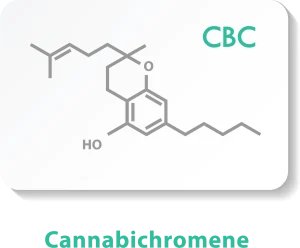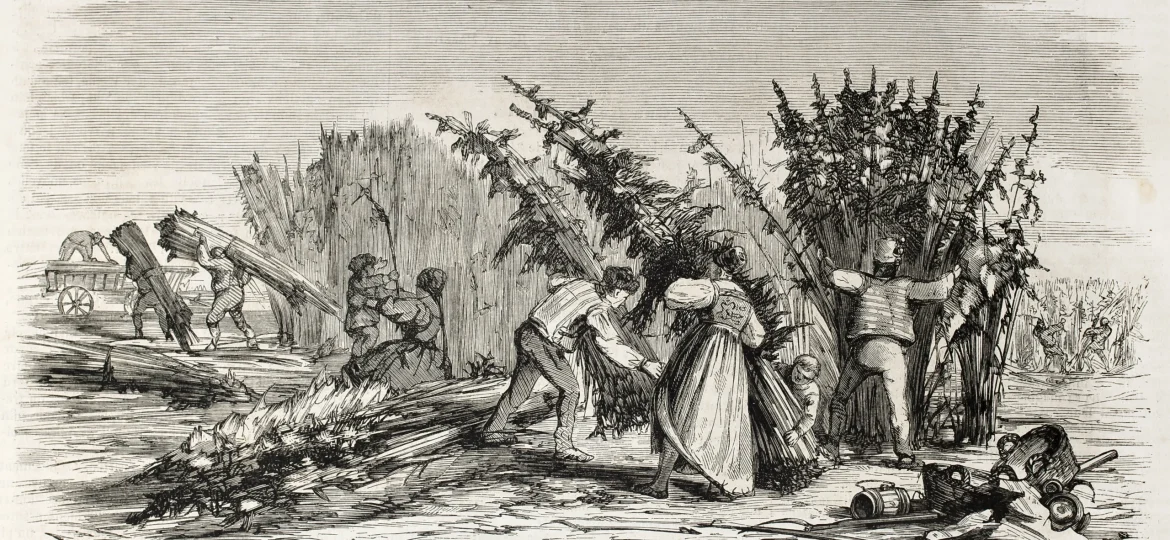
The history of Cannabinoids, a fascinating group of chemical compounds found in cannabis and hemp plants, has been part of the human experience for millennia. From their ancient origins to the modern scientific discoveries, cannabinoids have captivated the interest of researchers, medical professionals, and enthusiasts alike. In this blog post, we will take a journey through time to explore the origin and discovery of cannabinoids, shedding light on the ancient uses and the groundbreaking scientific breakthroughs that have shaped our understanding of these remarkable compounds.
The Ancient Origins of Cannabinoids:
The use of cannabis for medicinal and recreational purposes can be traced back thousands of years to ancient civilizations. Amazingly, archaeological evidence dating back to at least 5000 BCE suggests that cannabis was cultivated in various regions of the world including China, India, and the Middle East. Ancient cultures valued cannabis for its diverse properties. Even the Chinese Emperor Shen-Nung, in his pharmacopeia from around 2737 BCE, documented the therapeutic benefits of cannabis and praised its potential to alleviate pain, reduce inflammation, and promote overall well-being. Similarly, ancient Indian texts, such as the Ayurveda and the Atharvaveda, described cannabis as a medicinal herb with various applications. In these texts, cannabis was used for pain relief, as an aphrodisiac, and to enhance spiritual practices.
The Modern Discovery of Cannabinoids:
The modern scientific journey of discovering cannabinoids began in the 20th century. One of the most significant milestones in cannabinoid research was the isolation and characterization of the first cannabinoid, tetrahydrocannabinol (THC). In 1964, Professor Raphael Mechoulam and Yechiel Gaoni, two Israeli researchers, successfully isolated and synthesized THC from the cannabis plant (Cannabis sativa). This groundbreaking discovery paved the way for understanding the chemical structure and psychoactive properties of THC, which is responsible for the euphoric effects associated with cannabis use.
Following the discovery of THC scientists began to explore other compounds present in cannabis and hemp plants. This research led to the identification of numerous phytocannabinoids, which are cannabinoids produced by plants. Some of the notable phytocannabinoids discovered include Cannabidiol (CBD), Cannabigerol (CBG), Cannabinol (CBN), and Cannabichromene (CBC).
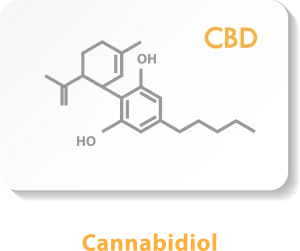
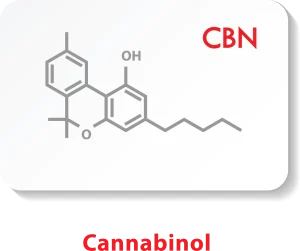
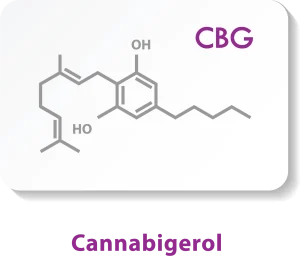
Cannabinoids have a rich history that spans thousands of years, with their use deeply rooted in ancient cultures for medicinal, spiritual, and recreational purposes. The modern discovery of cannabinoids, beginning with the isolation of THC in the 1960s, has opened the door to extensive research and understanding of the diverse compounds found in cannabis and hemp plants. As scientists continue to explore cannabinoids and their potential benefits, we are entering an exciting era of cannabinoid-based therapies that may offer new solutions to various health conditions.
References:
Gaoni, Y., & Mechoulam, R. (1964). Isolation, structure, and partial synthesis of an active constituent of hashish. Journal of the American Chemical Society, 86(8), 1646-1647.
Li, H. L. (1973). An archaeological and historical account of cannabis in China. Economic Botany, 28(4), 437-448.
Iversen, L. (2000). The Science of Marijuana. Oxford University Press.
Russo, E. B. (2007). History of cannabis and its preparations in saga, science, and sobriquet. Chemistry & Biodiversity, 4(8), 1614-1648.
Hillig, K. W. (2005). Genetic evidence for speciation in Cannabis (Cannabaceae). Genetic Resources and Crop Evolution, 52(2), 161-180.
Devane, W. A., Hanuš, L., Breuer, A., Pertwee, R. G., Stevenson, L. A., Griffin, G., … & Mechoulam, R. (1992). Isolation and structure of a brain constituent that binds to the cannabinoid receptor. Science, 258(5090), 1946-1949.
Mechoulam, R., Fride, E., & Di Marzo, V. (1998). Endocannabinoids. European Journal of Pharmacology, 359(1), 1-18.
Di Marzo, V., & De Petrocellis, L. (2012). Why do cannabinoid receptors have more than one endogenous ligand? Philosophical Transactions of the Royal Society B: Biological Sciences, 367(1607), 3216-3228



